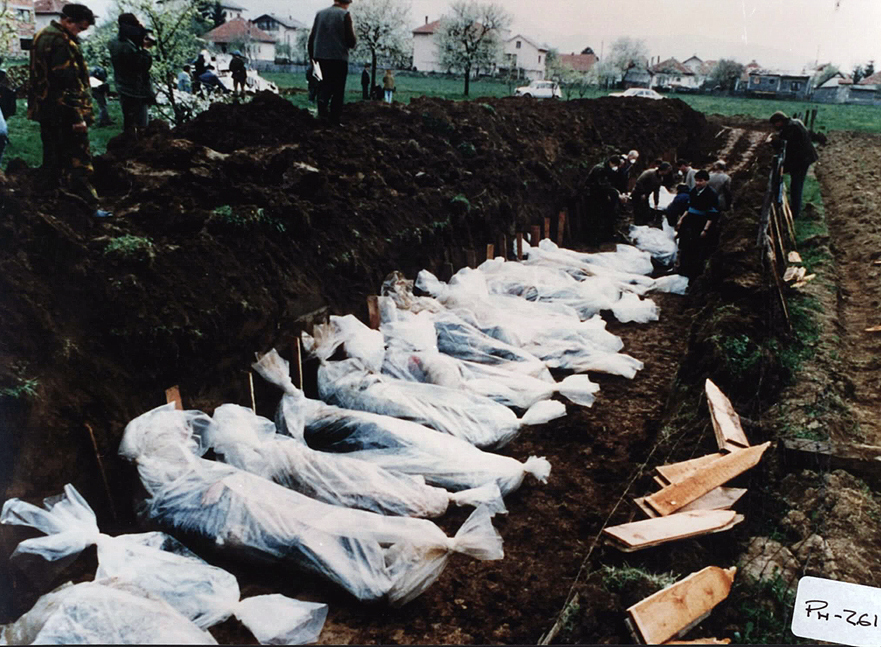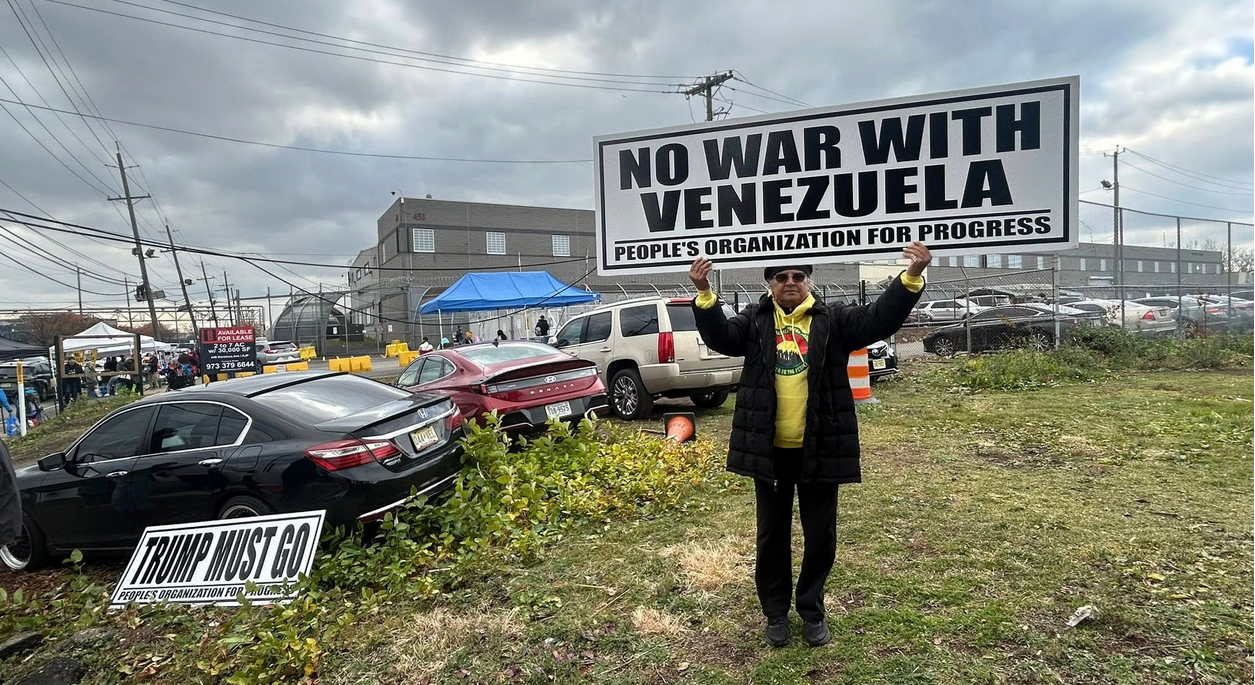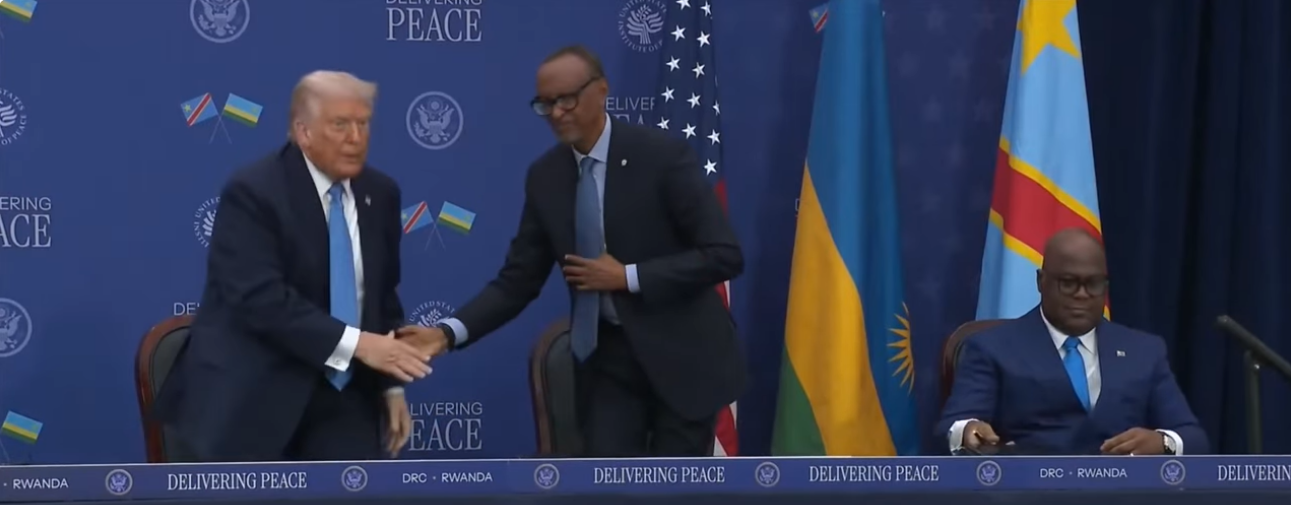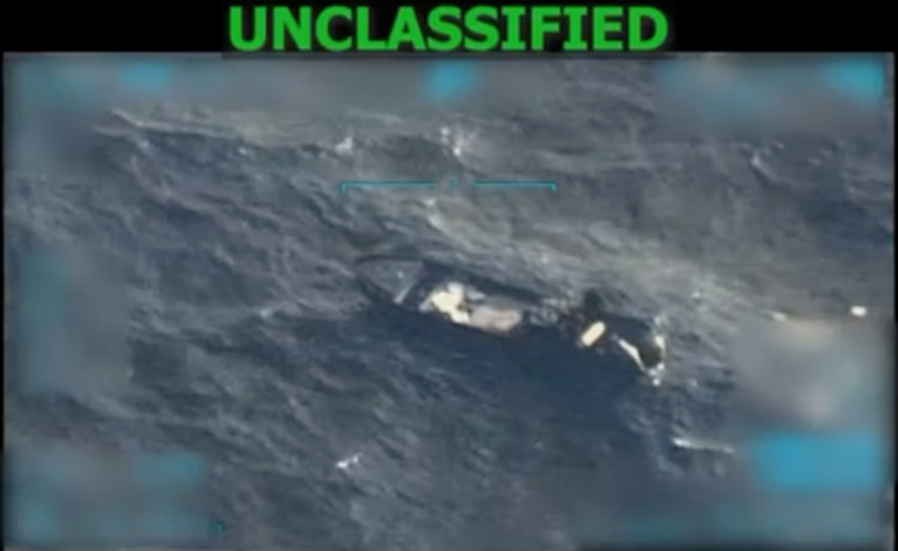Rubble and destruction from this week’s quake. Photo: Wikimedia Commons/Voice of America.
Türkiye and its environs are going through an extraordinary situation. The country is facing unprecedented test of events. The first tremor hit on the 6th of February in the early hours, while people were asleep.
The center is Kahramanmaraş in the Southeastern part of Türkiye. Nine other cities are also badly hit by this terrible 7.8 strength tremor on Richter scale. This was felt as far as Denmark and Sweden. The region is prone to earthquakes as tremors frequently occur. Though the worst was yet to come with the second earthquake on a bordering seismic plate. Its strength was 7.7 and its epicenter was about 19 miles away from the first. Having two similar strength earthquakes within nine hours is unprecedented in human history. This is to say never before two similar scale earthquakes occurred on neighboring plates, one after another. The combined strength of the two earthquakes happening independently on the Arabian and Eurasian Plate is enormous with devastating consequences. Many geologists calculate the scale to climb up to much higher Richter levels.
The estimated death toll in Türkiye was 17,674 as of February 9 and 3,377 for Syria.
Lebanon, Iraq and Israel were affected though not as much as Northern Syria. It has got its own share of this tragic event as death toll also began to rise rapidly there. In 115 AD, 1114 AD, 1513 AD and for the last 200 years many strong earthquakes happened in this region killing many. Greek historian Mateos of Urfa was writing on the earthquake that claimed 40,000 lives in 1114, “… after the tremor it began to snow, covering entire region”. It is no different after 909 years as the cold has become one of the worst killers after the recent one. The earthquake in 1513 killed a quarter of a million people. The current tragedy covers 14 million people within a radius of 249 miles. The cold and hunger began to claim lives in the thousands—an estimated 194,000 lives are buried under the rubble, clinging on to their lives waiting to be rescued.
Help was underway immediately but the size of the area affected and ongoing aftershocks—three of which were above 6 Richter scale— overwhelmed rescuers. It took authorities quite a bit of time to come to terms with the sheer size of the disaster. The government declared state of emergency for the whole region. Schools are closed down and one week of national mourning was declared.
Past experience tells us that 60% of the people rescued from under the rubble are dug out within the first six hours of the disaster. As the experience again tell us, that the fastest arriving rescue teams would arrive to the region within the first six hours, though not necessarily well equipped. The first rescuers on the scene are the neighbors and those who survived the first shock. They are also vulnerable and can easily fall victim to aftershocks. In this recent earthquake, some of the cities are damaged and flattened as such that those neighbors did not exist to run to the rescue. Thus even after three days since first tremor there are areas that are not yet reached by rescuers, even to begin to dig out trapped people under the collapsed buildings. Also one very important handicap is the difficulty faced by the rescuers because of the second large tremor and ensuing aftershocks. As a result, those available rescuers themselves became victims as now they are trapped and waiting to be rescued.
The government immediately declared this as the fourth level natural disaster which invites international help. Response has been remarkable. Many EU countries and the UK organized rescue teams and sent with them ever useful search dogs. They are now in Türkiye on the rescue theater. Amazingly but not unexpectedly, Greece, Armenia, Iran and Israel sent in their rescue teams. The Greek team’s rescuing of a six-year-old girl from a collapsed building made global headlines with deeply emotional and tearful images. Successful international rescue teams came from experienced and most capable countries like Japan, USA and China. Many other countries joined in. Azerbaijan mobilized its resources in full to help Türkiye and declared one week of national mourning. Spain sent one of its best battleships to host some of the victims and to act as a floating hospital. One Pakistani businessman in the US promised to donate $30 million to the victims while material and financial help was organized across the spectrum. Turkish companies, government institutions, citizens and the military have been mobilized. Turkish Professional Rescue Agency (AFAD) that was launched after the 1999 Gölcük earthquake that claimed more than 20,000 lives was on the scene very quickly. African brothers and sisters who are living in Türkiye are taking part in the rescue operations.
Nevertheless, the whole rescue operation is not free from criticism as opposition finds these efforts weak, too little and too late. The amounts of false information in circulation and the discourses that aims to spread panic among the larger population is at egregious levels. These are hushed by the broader population and at best ignored.
Comparing Kahramanmaraş earthquake to that of Fukishima of Japan in 2011, which was Mw 9.1 scale, about 19 miles deep and 60 miles into the ocean that lasted 20 seconds, one can get the real sense of the strength of this tremor. In Kahramanmaraş, the two tremors that are very close in strength lasted for 103 seconds combined and they were 4.4 miles deep. This earthquake was not in the ocean-bed but on land. The two earthquakes released in total 120 megatons of nuclear energy which is also unprecedented in history.
In Türkiye within the last 200 years 13 earthquakes above the scale of 7 have happened but never before two similar scale of earthquakes within 9 hours as in this case. The first earthquake in the region that killed quarter of a million people was in 526 AD with similar scale earthquakes following in every 500 years. Türkiye is a country of earthquakes; 96% of the land is open to risks of various strength tremors.
This fact brings the question of quality of housing to the fore and whether buildings are earthquake worthy. Over the years, with Türkiye having experienced such deadly earthquakes more attention was devoted to the quality standards of buildings. The whole scheme in pursuit of building better quality dwellings for the population is dubbed “urban transformation” across the country. This kind of gentrification with the bulk sum of the building stock considered to be not earthquake worthy, was to help sustainable development. In line with urban transformation, old buildings are pulled down to be replaced by modern structures. Such undertaking was tasked to the Turkish construction companies. These are some of the most successful enterprises in the country and they have benefitted from the privileges provided by the government. They also gained easy access to the credit lines and to financial assistance from the banks. They have been very successful across the globe—to the extent that the Economist’s latest issue states they “outfox Chinese construction companies in Africa”.
The process of urban gentrification is also accompanied by a set of rules and regulations setting standards to be applied on the newly built apartment blocks. The new buildings are considered to produce handsome returns to the old deed holders of the flats but also to the construction firms. The end result is that the quality of buildings have never been up to the required standards. This argument requires verification by the court cases that are expected to start once the rubble is removed and lawsuits started against the brokers. Under public outrage this process is seemingly inevitable.
Be it as it may, it would be too difficult to pin down all the blame on the construction sector and on the quality of the buildings. When an earthquake of that scale hits it is very unlikely that any building can stand. The most important issue for the time being is to rescue as many lives as possible and provide assistance to house those who became homeless.
Editor’s Note—For Anyone Wishing to Provide Assistance Contact the Turkish Embassy to the United States via the below link.
http://washington.emb.mfa.gov.tr/Mission
The Following Banks Accounts are for AFAD Earthquake Funds.
T.C. ZİRAAT BANKASI A.Ş.
USD : TR 46 0001 0017 4555 5555 5552 05
EURO : TR 19 0001 0017 4555 5555 5552 06
GBP : TR 43 0001 0017 4555 5555 5553 56
Bank Swift Kod No : TCZBTR2A
TÜRKİYE VAKIFLAR BANKASI T.A.O
KIZILAY TİCARİ ŞUBE
USD : TR43 0001 5001 5804 8013 0940 88
EURO : TR32 0001 5001 5804 8013 0940 92
Bank Swift Kod No : TVBATR2A
TÜRKİYE HALK BANKASI A.Ş
BAKANLIKLAR ŞUBESİ
USD : TR75 0001 2009 4080 0058 0002 92
EURO : TR48 0001 2009 4080 0058 0002 93
Banka Swift Kod No : TRHBTR2A






